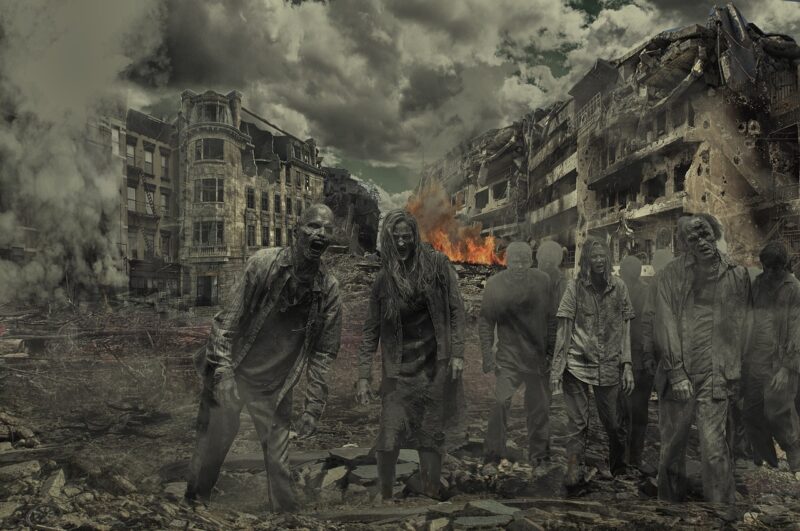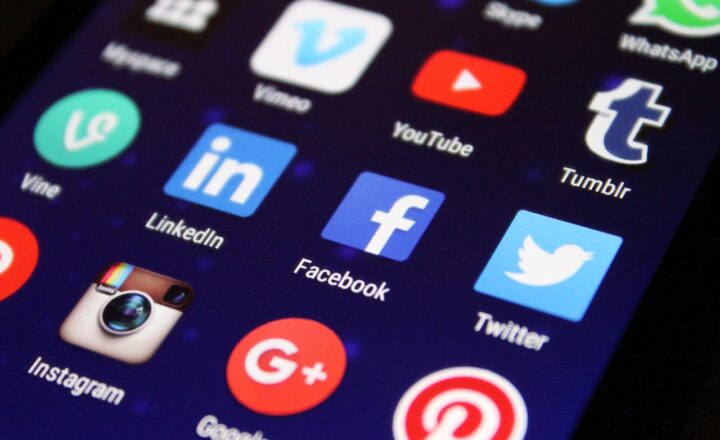How Zombie Preparedness Became a Real Government Initiative
November 13, 2024

In recent years, the idea of preparing for a zombie apocalypse has shifted from the realm of zombie movies and video games into a legitimate discussion in government circles. What once seemed like the stuff of fiction is now considered a potential contingency plan for various emergency scenarios. So how did humor and horror collide with serious government initiatives? This article delves into the fascinating evolution of zombie preparedness, its implications for broader emergency management strategies, and the lessons that can be gleaned from this unique approach.
1. The Origins of Zombie Preparedness
The notion of preparing for zombies has its roots in both popular culture and real-world emergency preparedness efforts. It was originally popularized by movies like “Night of the Living Dead” and “28 Days Later”, which enthralled audiences with the idea of a post-apocalyptic world teeming with zombies. Having captured imaginations for decades, the idea of a zombie apocalypse became a metaphor for various unforeseen disasters.
However, it wasn’t until 2011 that the U.S. Centers for Disease Control and Prevention (CDC) took the leap into this oddly niche market by launching a campaign titled “Preparedness 101: Zombie Apocalypse.” The CDC’s goal was clear – inspire the public to create emergency kits and have a plan in place for real-life disasters. By using zombies as a gateway, the CDC tapped into a pop culture phenomenon that resonated with a wide audience.
The idea behind this campaign was clever: discussing zombies gets people talking about disaster preparedness without the fear and intimidation often associated with more serious topics like floods, hurricanes, and terrorist attacks.
2. The CDC’s Campaign: Strategy and Messaging
The campaign aimed to reach people of all ages, relying on humor and shock value to engage people in discussions about safety. The CDC created a detailed plan, including blog posts, social media content, and even brochures on preparedness, while naturally integrating the tongue-in-cheek zombie theme.
The CDC provided guidance on essential emergency supplies, urging citizens to assemble a 72-hour emergency kit. This kit should include items like water, non-perishable food, a first aid kit, flashlight, batteries, and important documents. The CDC reminded people that while a zombie attack might be improbable, being prepared for natural disasters (like hurricanes or earthquakes) is a necessity.
Furthermore, the campaign utilized memes, videos, and graphic design to disseminate its message through social media platforms—effectively reaching younger audiences who are avid consumers of internet culture. The initiative sparked conversations across the country, demonstrating the impactful role of pop culture in public health messaging.
3. The Ripple Effects: Expanding the Conversation
The popularity of the CDC’s zombie preparedness campaign led to a resurgence of discussions surrounding emergency management at both local and national levels. Various other government agencies and organizations adopted similar strategies. The idea was clear: if prepping for zombies could draw people in, why not apply the same principles to other forms of disaster awareness?
Emergency management agencies seized the opportunity to leverage the zombie concept, providing training programs for local communities about how to effectively respond to natural disasters and emergencies. Local governments began holding workshops that utilized humor and light-hearted themes similar to the CDC’s campaign, creating a more approachable atmosphere for discussing serious topics.
Additionally, the conversation around zombie preparedness propelled discussions on critical areas such as:
- Community Empowerment: Encouraging local communities to unite and prepare for emergencies together fosters camaraderie and assistance in times of crisis.
- Critical Thinking Skills: Engaging the imagination fosters a sense of critical thinking about different situations and how to respond appropriately.
- Interdisciplinary Collaboration: The initiative also cross-pollinated various sectors, encouraging collaboration between emergency services, healthcare, and public education officials.
4. The Broader Implications for Disaster Preparedness
Zombie preparedness acted as more than just an amusing campaign. Its success opened a dialogue on the importance of comprehensive disaster preparedness plans. For example, many experts in emergency management point to the fact that many people do not have a plan for emergencies in general, as over 60% of Americans do not have basic supplies ready for any disaster.
The approach also underlined the significance of being proactive rather than reactive. The humorous twist made the weighty subject of disaster preparedness feel accessible. Peters, an emergency management expert, noted, “Zombie preparedness denotes the unpredictable nature of dangers we might face and prepares citizens to anticipate and act against these risks, regardless of the form they take.”
Moreover, zombie preparedness underscores the importance of maintaining flexibility in emergency response systems. It’s not just about achieving readiness for the popular scenarios; addressing potentially bizarre scenarios ensures rigorous training and adaptability. Communities that embrace creative and engaging messaging tend to see higher engagement levels in emergency preparedness compared to those that convey fear-based messaging.
5. Lessons Learned from the Zombie Initiative
The CDC’s foray into zombie preparedness imparted crucial lessons not just for emergency managers, but also for all sectors seeking to engage audiences effectively. Here are some takeaways:
- Engagement Matters: Making information relatable and engaging is key. Humor can break down barriers and foster a sense of community among audiences.
- Creativity is Key: Original themes and storytelling can attract a wider audience; adapting serious ideas into humorous formats can enhance efficacy.
- Preparation is Universal: Realistically preparing for various situations encourages individuals to take accountability for their safety.
- Cross-Sector Collaboration: Working together across different sectors can maximize reach and impact regarding disaster preparedness messaging.
In all, zombie preparedness has left an indelible mark on how disaster preparedness can be framed. Instead of solely evoking fear or complacency, the ingenious play on popular culture has heralded a fresh renaissance in public awareness regarding readiness.
Conclusion: Embracing the Unexpected
What began as a whimsical idea has transformed into a relatable lesson in emergency preparedness. The intersection of humor and practical guidance empowers individuals and communities to prepare adequately for uncertainties. Through effective messaging and community engagement, authorities have illustrated the importance of readiness not only against hypothetical situations but against realities that can manifest at any time. As the interest in zombie preparedness continues to influence emergency management strategies, it’s clear that a little creativity can lead to significant safeguards for life.
This unique initiative proves that laughter can indeed be a powerful tool for promoting serious change.








